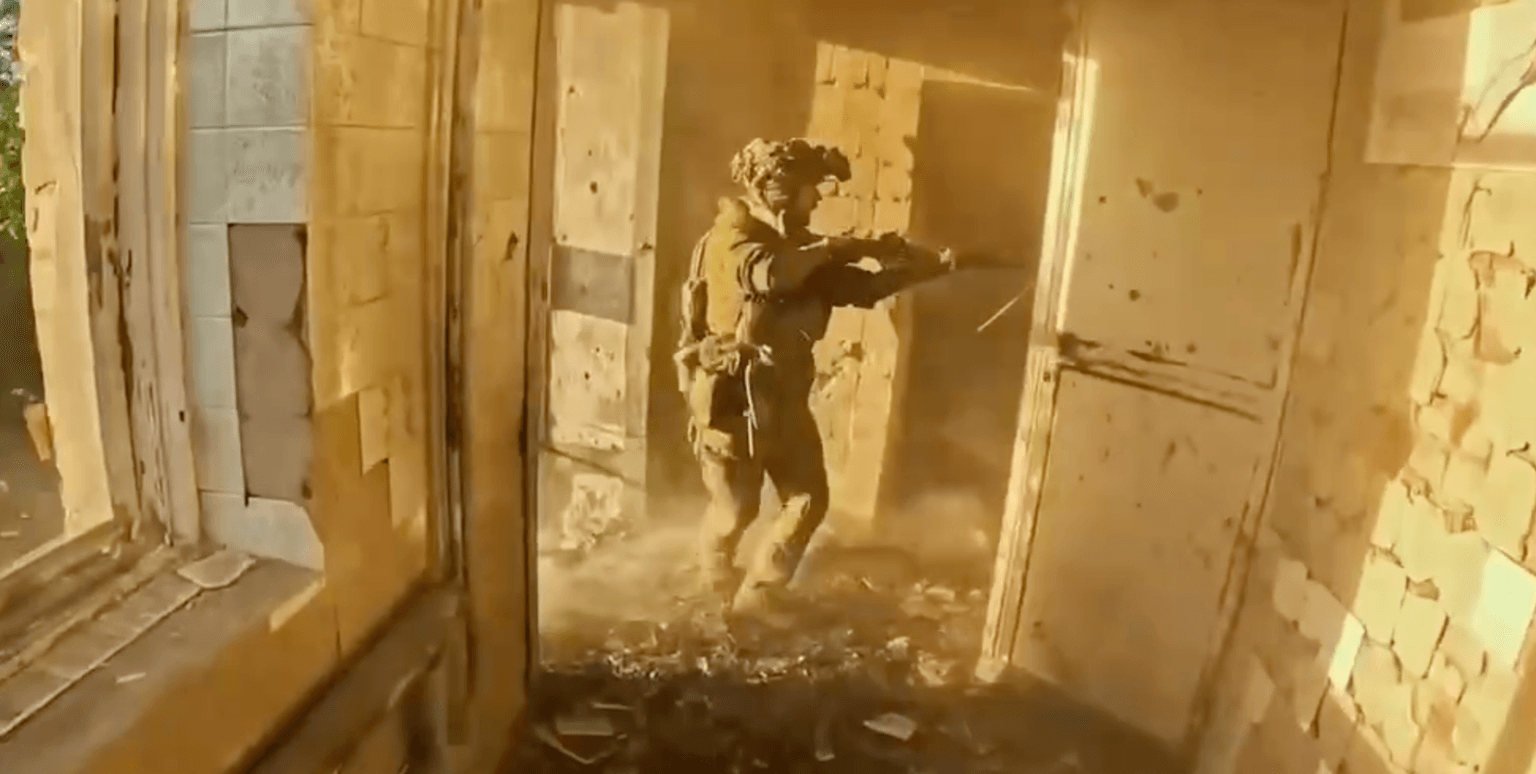EU leaders endorse plan to use frozen Russian assets to rebuild Ukraine, but fight not over

Ukraine may have gotten one step closer to gaining access to frozen Russian assets to put toward its massive reconstruction needs.
European Union leaders on Oct. 27 expressed support for a proposal to use billions of euros in windfall taxes from Russian assets tied up in the West to rebuild Ukraine.
Following the start of Russia’s full-scale invasion, Kyiv’s allies managed to swiftly freeze over $300 billion from the Kremlin’s central bank reserves, including 211 billion euros in the EU.
“Politically we agreed that ultimately Russia must pay for the long-term reconstruction of Ukraine,” Ursula von der Leyen, the European Commission president, said at the end of an EU summit in Brussels.
“We're currently working on a proposal to initially focus on the so-called windfall profits," she said. "These windfall profits are already quite substantial."
Euroclear, Europe’s largest clearinghouse based in Belgium, said on Oct. 26 that it had earned 3 billion euros on frozen Russian assets in the first nine months of this year.
Two senior officials told the Financial Times following the summit that the European Commission will reconvene in December to iron out the legal details of transferring the earnings, and only next year will legislation be discussed on getting those proceeds to Ukraine.
Western countries have tried identifying ways to send the earnings to Ukraine, but discussions have largely stalled since the early days of Russia’s full-scale invasion in February 2022, when the assets were first frozen.
The European Central Bank warned the European Commission in July that collecting the profits could destabilize and weaken the euro as other countries’ central banks may try and sell their euro-denominated assets if the EU seizes them.
Central banks hold over 2 trillion euros worth of their wealth in euros, according to data from the IMF.
The European Central Bank confirmed to the Kyiv Independent it was involved in the discussions while saying that, ultimately, it was not the bank’s decision.
“In the end, this is not something for the European Central Bank to decide on, these are political decisions,” William Lelieveldt, a spokesperson for the bank, told the Kyiv Independent.
Proponents of using the windfall taxes and seizing the entirety of frozen Russian assets for Ukraine say doing so would send a powerful message to the Kremlin and that fears of effects on financial markets are overblown.
While the EU leaders’s statement is a step ahead, 3 billion euros is a meager sum compared to the cost of rebuilding Ukraine in the wake of Russia’s brutal invasion. The country will need at least $411 billion, according to a World Bank report released in March.
That figure may also be a gross underestimate. Werner Hoyer, the head of the European Investment Bank, estimated in 2022 that Ukraine may need 1 trillion euros in external assistance to repair damages caused by Russia’s war.
Laborious talks
A Group of Seven (G7) endorsement on Oct. 12 to explore “how any extraordinary revenues” from frozen Russian assets could be directed to support Ukraine was a “vital” step, Tetiana Khutor, chairwoman of the Institute of Legislative Ideas and asset confiscation expert, told the Kyiv Independent.
“We recall and reaffirm our leaders’ statement that, consistent with our respective legal systems, Russia’s sovereign assets in our jurisdictions will remain immobilized until Russia pays for the damage it has caused to Ukraine,” the G7 statement said.
Belgium, where 180 billion euros of frozen Russian assets are located, recently paved the way by creating a 1.7-billion-euro fund for Ukraine financed by the tax revenue from interest on frozen Russian assets, the country's Prime Minister Alexander de Croo said on Oct. 11.
Windfall taxes could bring 3 billion euros per year to Ukraine, according to the prime minister.
Not all EU member states share Belgium’s enthusiasm.
Germany spoke out against the plan in June, saying that a hasty step could entail legal or financial risks.
The country is already dealing with Polish demands for the payment of 1.3 trillion euros in reparations for the damages caused by Nazi Germany’s occupation during World War II.
An undisclosed German official told the Financial Times in June that seizing Russian assets could “open a can of worms.”

Fears over outright confiscation
Actually confiscating the over 200 billion euros of frozen Russian assets to provide to Ukraine for its reconstruction will take years, if it ever happens.
“There is no political will and no defined process,” Olena Halushka, a legislative expert at Kyiv-based Anticorruption Action Center, told the Kyiv Independent.
Opponents of seizing all the frozen assets for Ukraine argue the EU can't just confiscate the Russian Central Bank assets as they are protected by sovereign immunity.
Behind this mantra, Western countries are still trying to minimize financial risks linked to confiscation, Roman Nitsovych, an expert at Kyiv-based Dixi think tank, told the Kyiv Independent.
Autocratic regimes could be tempted to withdraw their reserves from the bloc’s financial system if the EU cracks down on Russia’s assets, creating financial shock in the EU.
Regimes at odds with EU values could place their capital in China instead, more lenient on sanctions, those who oppose seizing all the assets say.
Yet, the shock effect on the financial market already occurred when the EU froze the assets, Khutor said.
Their confiscation will not change the global economic situation, she said, and it’s riskier to keep reserves in a country such as China that doesn’t respect the rule of law, Halushka said.
There is no real alternative to Western currencies, she said, adding that fears around confiscating the assets are “overinflated.”
Western capitals should put everything in place to confiscate Russian assets promptly, according to Halushka.
“This will be an unprecedented step, but the largest war of aggression since World War II is a sufficient reason to make bold steps.”











